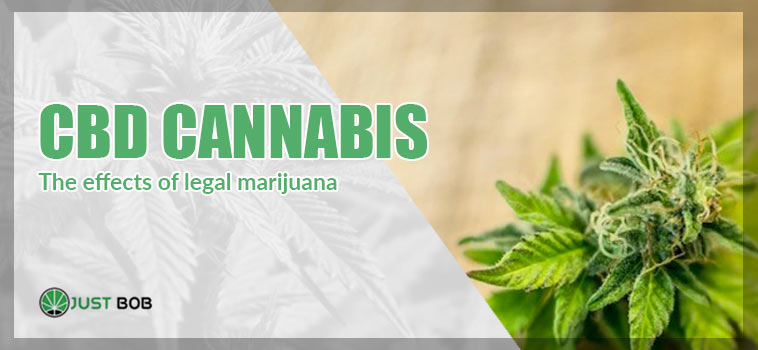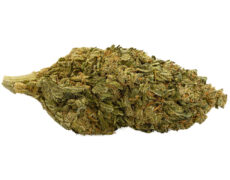Modified on: 14/05/2024
WHAT IS CBD CANNABIS?
CBD cannabis, also known as light cannabis, is the product of Sativa cannabis female inflorescences: in fact the selection is made among those that contain minimum concentrations of THC (below 0.2%) and high concentrations of CBD.
It is a non-narcotic substance that differs from all those that have, instead, high levels of Tetrahydrocannabinol (THC) that only in some countries could be legally used for therapeutic purposes, while in some others are completely illegal.
-
 SMALL & BIG
SMALL & BIGBUBBLEGUM
Indoor | CBD – CBDA<22%
Starting from:EASTER SALE -10%
1,25CHF1,10CHF/gGrams3 5 10 20 50 100 -


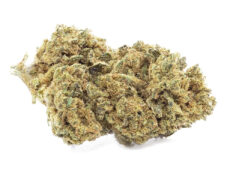
DO SI DOS
Starting from: 2,00CHF/gIndoor | CBD – CBDA < 19%
Grams3 5 10 20 50 100 -


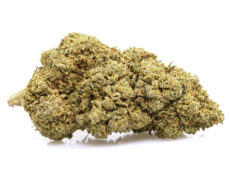
ROYAL GG#4
Starting from: 2,30CHF/gIndoor | CBD – CBDA < 40%
Grams3 5 10 20 50 100 -


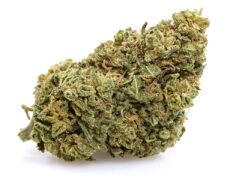
GORILLA GLUE
Starting from: 2,90CHF/gIndoor | CBD – CBDA < 20%
Grams3 5 10 20 50 100
At first sight, it has the same aspect as marijuana, and only a chemical analysis allows to discern the legal cannabis from the non-legal one – sold on the black market. CBD weed is smoked even if this remains for all intents and purposes an offence, while it can be used in the kitchen for the preparation of drinks and food of various kinds.
Finally, its consumption with vaporizers might present the risks associated with combustion.
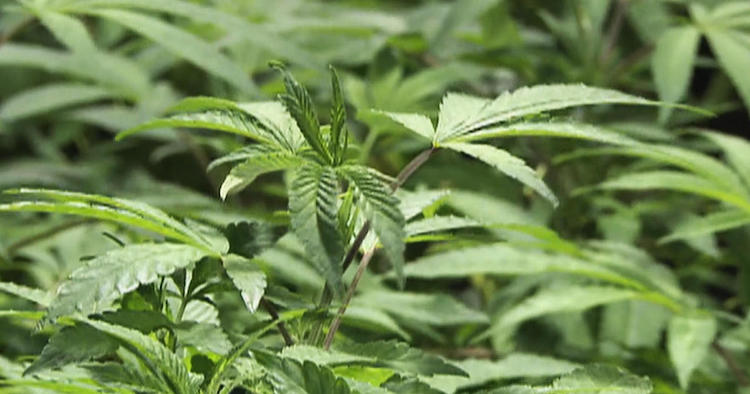

PROPERTIES AND BENEFITS OF CBD CANNABIS
CBD flowers may be considered as CBD cannabis only when the following condition is met: THC percentage below 0.2%. This is when you can legally buy CBD hash.
As we already said, they are obtained from Cannabis Sativa, which over time has been the subject of several botanical studies and subsequent experiments in order to obtain a product with practically no psychotropic effects.
Legal marijuana with a high level of Cannabidiol produces, in particular muscles relaxant, antiepileptic, anti-inflammatory and antioxidant effects; the sensation of tranquillity is also the result of the negligible level of THC. Moreover, its consumption does not induce the much feared psychotropic effects, does not cause intoxication or any kind of paranoia.
CBD contained in high percentages (like in pre rolled CBD for example), also makes the product a valid ally against migraine, menstrual pain and discomfort to the joints, the low concentrations of THC also promotes the state of wakefulness and the subject remains, therefore, vigilant.
According to experts, however, the link between the substance, the intrinsic characteristics of the consumer, and the way in which it is taken should not be underestimated. It is also necessary to consider that cannabinoids are present in the plant in carboxylated (or non-active) form and as such cannot cause any effect on the nervous system.
The effects, in general, are revealed within a few minutes if the product is smoked, the time is longer if swallowed . They alse have a variable duration: in the first case, they regress within four hours, while in the second case, it can take up to fourteen hours.
Read also: Marijuana and liver: did you know that cannabis has a positive effect on liver diseases?
RISKS AND CONTRAINDICATIONS
Due to its composition, legal weed does not have any particular side effects. However, the risks associated with combustion cannot be overlooked, and these might include cardiovascular and respiratory disorders .
The abuse of large amounts of legal marijuana is not recommended for pregnant women because it seems to affect negatively on the placenta, affecting its function. CBD cannabis in association with tobacco can also induce a form of addiction to smoking.
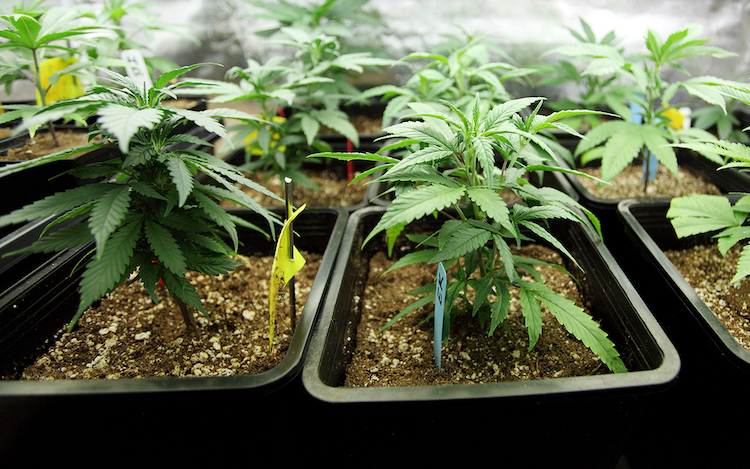

Finally, particular attention must be paid to driving in general: Cannabidiol (CBD) has negligible effects on driving ability, but in legal marijuana there are some traces of THC that can be detected during a control; the individual, therefore, could result positive to the test and be declared unfit to drive.
The intake of CBD cannabis have to be avoided in case of heart and/or respiratory disorders.
Read also: Here is bisabolol: benefits and properties of this terpene
CANNABIS VS OPIATES AND HALLUCINOGENS
Finally, it is necessary to make a brief digression to underline the fact that cannabis does not belong to the family of opiates and hallucinogens.
The former derives, in fact, from the alkaloids of opium which are, in turn, contained in the resin (opium) that is extracted from the sleeping poppy. This category includes codeine, morphine, semi-synthetic alkaloids, such as the well-known heroin, and opioids (synthetic products of laboratory processing).
The origin of the two substances is, therefore, completely different, and the same can be said for the effects caused.
Cannabis does not include among its components any serotonergic substance and therefore does not cause any hallucination; instead, it acts on the optic nerve, and this can cause visual fogging and the appearance of flashes of light that can be, erroneously, considered visual illusions.


